Leather goods are our daily necessities and used frequently. It also reflects taste and personality. There are all kinds of leather goods on the market. But quality and material problems always confuse us. Now, we are starting to talking about how to distinguish the genuine leather and artificial leather.
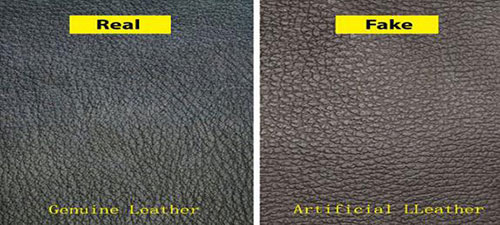
Leatherette is the first invention of substitutes for leather fabric, which is made of PVC plus plasticizer and other additives added rolling on the cloth. The advantage is cheap, rich colors, patterns range, the disadvantage is easy to harden and brittle.
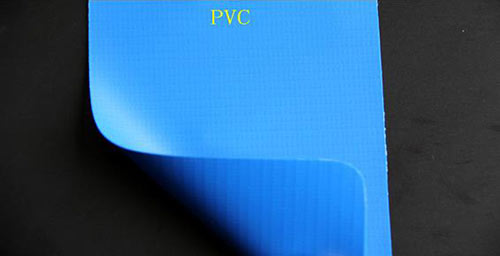
PU synthetic leather is instead of PVC artificial leather, its price is higher than PVC artificial leather. From the chemical structure, it is closer to the cortex fabric. it does not need to achieve soft plasticizer, so it will not harden, become brittle, but also has rich colors, numerous patterns. The price of PU is cheaper than leather fabric, so be welcomed by consumers. PU has excellent abrasion resistance and repeated flex, good tear strength, and elasticity, resistant oil acid, and alkali. can be automatically degradation, environmentally friendly, impact resistance. However, it also easy to open after the yellow plastic and other issues.
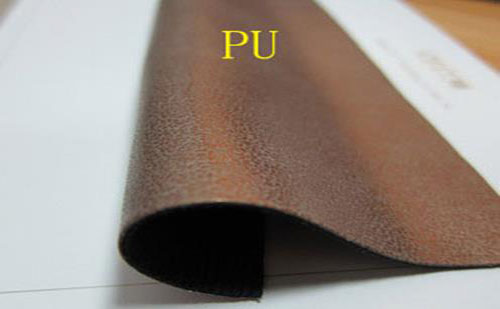
The main features are a thicker coat of paint, and the surface coated with a special chemical paint will cover all the pores, which is characterized by after the rain, the water seepage does not go in, wiped away, and it does not usually wipe leather care agent. The gloss of planning skin surface is well, harder, tangible good with the higher cost of wear backpacks. After raining, soaked with a dry cloth as well, but it must often rub leather care agent. Natural leather is processed by one kind of skin is no longer made of leather processing other identification real leather, leather with fine pores. Imitation leather is not, then leather’s smell likes animal fat (skin odor), the imitation leather smells like the plastic taste. Clicking on the surface with hairy fingers have small wrinkles, in addition, finger wrinkles disappear immediately when releasing the fingers, that is leather. Imitation leather also is not. The leather is shiny and inferior smooth. And imitation leather is not as well.
Leather features:
- Pigskin: the leather surface is roughness, enlarged pores, and triangular arrangement, feels solid and flat.
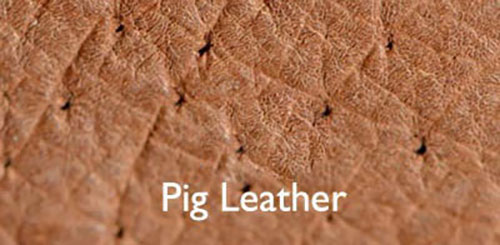
- Horsehide: soft leather surface, a few darker than cowhide, oval-shaped pores, slightly larger than the cowhide, was a mountain-like arrangement.
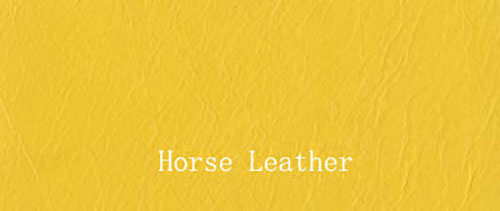
- Goatskin: detailed leather surface, fiber closely, a large number of meticulous pores, a semi-circular arrangement, feels tough.
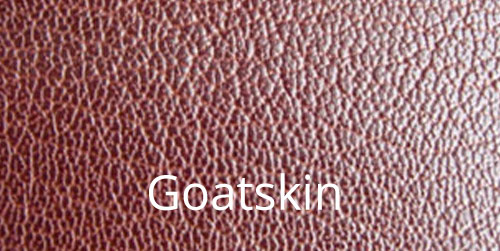
- Sheep leather: the leather surface is relatively loose, pores small, feels soft, but the fastness is not better than goatskin.

How to identify:
- Feel
When you touch the leather surface smooth (expect the grain processed into the coarse skin), it feels soft, plump and flexible, that is genuine leather. - Watch
Identifying the types of leather and leather grain quality is good or not, you should observe the surface of the dermis with more obvious pores and patterns. The synthetic leather, although also imitation pores, but it is not clear. Another synthetic leather reverse surface as a textile base plate, the base plate is used in textiles increase its tensile strength, but the opposite is not the dermis layer of textiles, this authentication is the most simple and practical way. - Odor
Good quality leather is generally no smell, all leather has a leather smell, if smell pungent odor, there is likely to be handled properly during tanning and some excessive use of chemical raw materials. - Lit
Leather’ odor likes hair smell after burning. and not results knots and your fingers can shape into grinding after burning, artificial leather smells the pungent odor after ignition, and combustion to form knots.